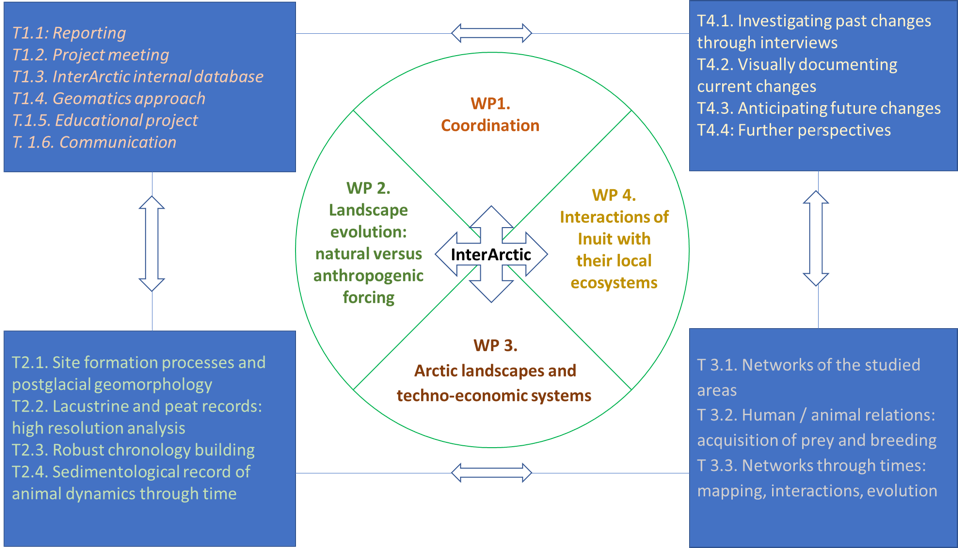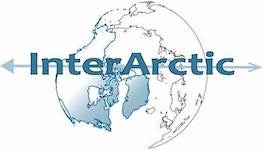The InterArctic research project brings together a multidisciplinary team of researchers such as archaeologists, palynologists, climatologists, geomorphologists, biologists, geographers, psychologists and anthropologists to study a millennium of interactions between climate, environment and societies in Nunavik and Greenland. The project also includes collaborative workshops with students and their teachers from Nunavik and Greenland to study past, present and future changes.

The InterArctic project focuses on vulnerability, resilience and adaptation of northern societies facing global change. The rapid current warming of Arctic and Subarctic climates has already produced many changes in the social, economic and cultural behavior of the populations inhabiting these regions and more changes are expected to come. Few of the changes are considered to be positive or not disturbing the fragile balance between human and the environment. Populations of these areas have to face these challenges, and in this context, looking at the past provides the opportunity to document the complex relationships between climate, ecology and human societies, which may provide deeper understanding into ways of better facing the future.
The chronological frame of the project encompasses the last millennium, a well-documented period by both ice core data and historical archives. The study area includes Eastern Canada (Nunavik, Nunavut and Nunatsiavut) and Greenland (South and North). Around 1000 years cal. AD, some of these areas witnessed the meeting between European farmers coming from Scandinavia, and huntersfishers arriving from Beringia. Today, these two lifestyles are still coexisting, with farming in South Greenland, and hunters/gatherers/fishers in Nunavik, Nunavut, Labrador coast and Greenland.
Within these study areas, our aim is to document 1000 years of interactions between Thule/Inuit people, Norse settlers and their environment, through an interdisciplinary approach exploiting different kinds of natural archives. The use of pedo-sedimentary archives (lakes, peat deposits, cryosols, anthrosols) and palaeoenvironmental multiproxy analyses will highlight landscape evolution, climatic and anthropogenic forcings upon ecological processes. Archaeological sites, and more specifically archaeological soils, ecofacts and artefacts, will give precious information about the nature of these interactions.
The complementary anthropological/cultural approach will focus on human memory, perception, practices and prospects of environmental and social changes, archaeological heritage and past settlement location choices, of four communities in Greenland and Canada. These issues will be explored in an interdisciplinary work through open interviews and co-design workshops bringing Inuit elders and youth together with project researchers. Coproduced knowledge (blending traditional and scientific), including Inuit visual documentation of the community changes and the writing of science fiction narratives, as well as cognitive maps (Inuit internal representation), will then be shared through innovative educational projects such as an interactive web platform designed to share project results, involving local partners in Greenland and Canada as well as French secondary schools and universities.
Funding agency

